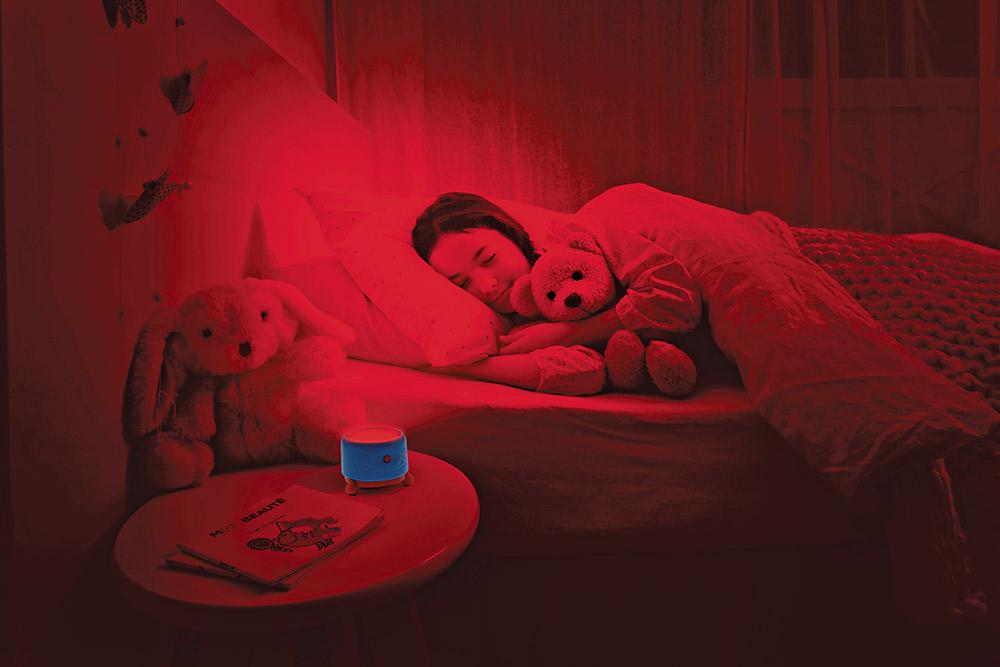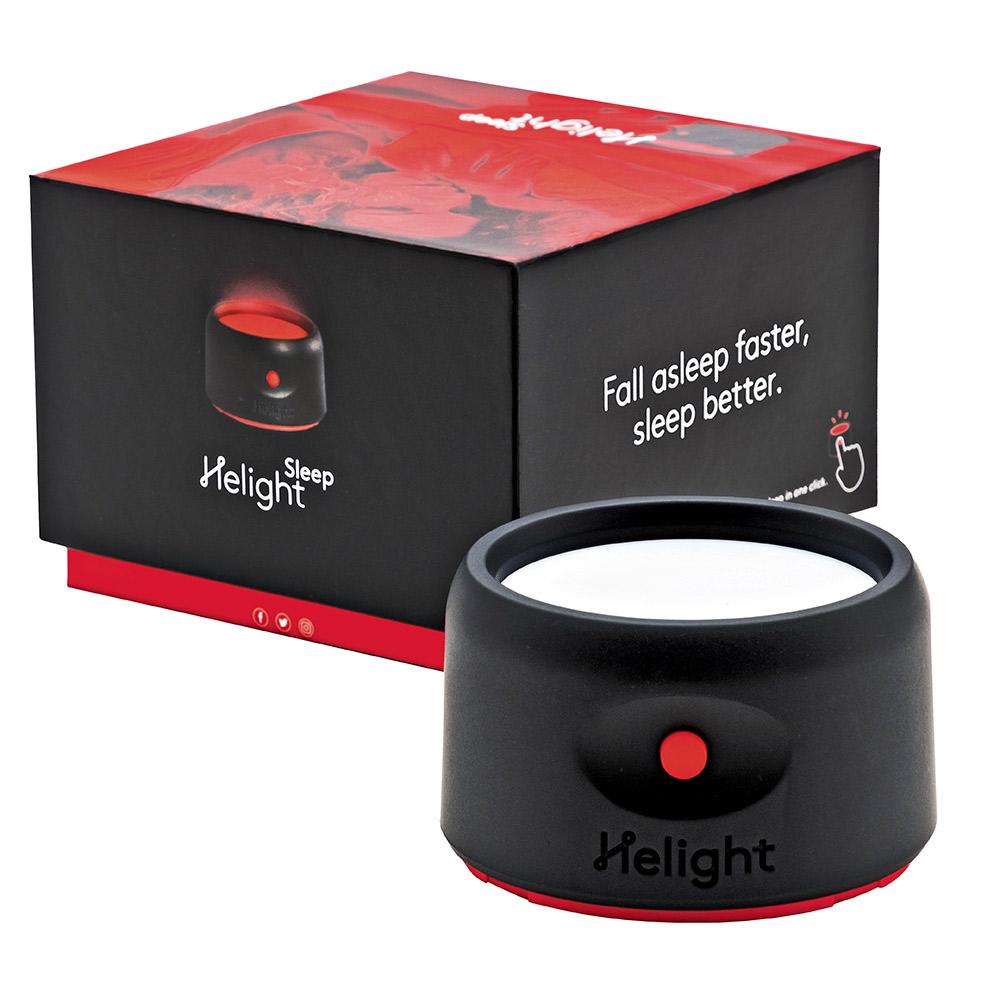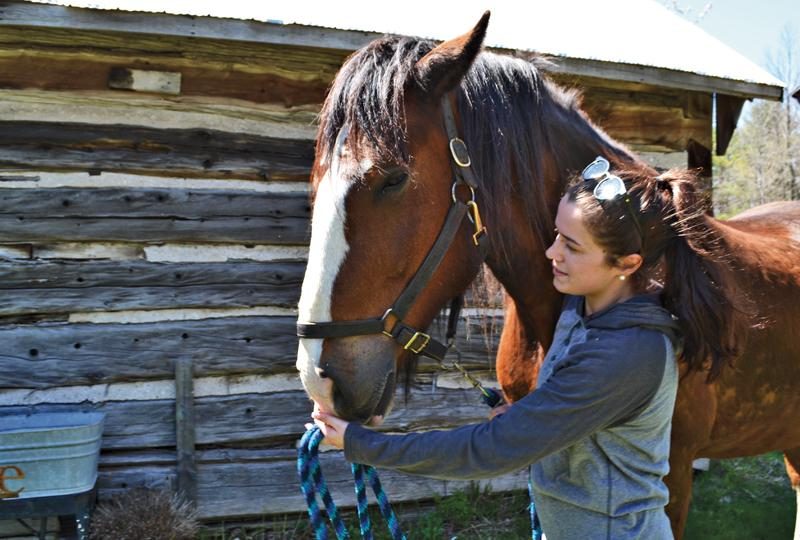
Sleep tight: Helight Sleep
We all know that sleep is an essential aspect of daily life with both short- and long-term health implications. It affects physiological processes, cognitive performance, and mood. Practicing good sleep habits is also linked to a lower level of various health conditions, like cardiovascular disease, diabetes, and mental and cognitive disorders.
In fact, according to the 24-hour Canadian Movement Guidelines, developed by the Canadian Society for Exercise Physiology (CSEP) and the Public Health Agency of Canada, amongst other academics, sleep is one of the three core recommendations for adults, along with movement and minimizing sedentary time over a 24-hour period. So, instead of focusing on a single movement behaviour, the guidelines showcase the importance of integrating all three across the whole 24-hour day.
According to the guidelines, individuals aged 18-64 should aim for 7 to 9 hours of high-quality sleep regularly, while those aged 65 and above should aim for 7 to 8 hours. Maintaining consistent bedtimes and wake-up times is important to ensure sound sleep.
Unfortunately, getting a restful sleep isn’t easy. During the day, our minds are hijacked by all our electronic gadgets, such as smartphones, tablets, and laptops. It is also a well-known fact that the blue light emitted by electronic devices can have a negative impact on our sleep patterns. This is all the more reason why you may also want to consider setting a curfew for your electronic gadgets to ensure that you are not using them too late into the night. This will help you to establish a healthy sleep pattern and improve your overall well-being.
But what if you could create a device to help you fall asleep faster while promoting a more restful sleep? And what if this technology was inspired by the work of NASA and based on the latest findings related to exposure to light at specific wavelengths?
Curious? That’s the science behind red-light therapy and the creation of Helight Sleep. Now, you, too, can benefit from this award-winning device.

According to Greg Bonnier, Vice President at Helight in Montreal, Helight Sleep emits a precise wavelength of 630 nanometers, meticulously calibrated for 14 minutes at an optimal intensity. The red light gradually fades over 14 minutes, ensuring an uninterrupted, smooth transition. Unlike blue light, which we are exposed to during the day and which signals the brain to stay awake and alert, this 28-minute patented protocol mirrors the natural cycle of light at the end of the day (i.e., sunset), creating a biological signal to the brain that it’s time to go to sleep and start melatonin secretion.
The best part is it’s easy to use – no apps, no subscriptions, and used by pro athletes (MLS, MLB, NHL, FIFA).
Now that Mom and Dad can get a good night’s sleep – what about the kids?
The 24-hour Canadian Movement Guidelines indicate, “Kids are inactive and may be losing sleep over it. They aren’t moving enough to be tired, and they may also be too tired to move. For optimal health benefits, children and youth (aged 5–17 years) should achieve high levels of physical activity, low levels of sedentary behaviour, and sufficient sleep each day.”
It recommends “Uninterrupted 9 to 11 hours of sleep per night for those aged 5–13 years and 8 to 10 hours per night for those aged 14–17 years, with consistent bed and wake-up times.”
That’s why Bonnier decided to create Helight Kidzzz. “Parents were finding their kids were taking their Helight Sleep devices. So, we adapted our award-winning patented sleep aid device with children and infants in mind. The new enclosure is lighter, does not use paint and boasts an eye-catching design. Now kids can have their own devices, ensuring everyone gets a good night’s rest.”
And if you’re not completely satisfied, Helight offers a 60-night trial period to test the product and determine if it’s the right fit for you and your family.







